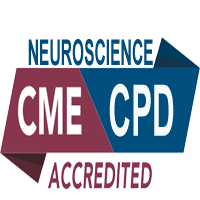
Shin-Han Tsai
Taipei Medical University, Taiwan
Title: Prehospital management of head injury patients in emergency air medical transport (EAMT)
Biography
Biography: Shin-Han Tsai
Abstract
Emergency air medical transport (EAMT) has become a major part of the modern trauma care system and is frequently used to transport patients from remote islands to a tertiary center. Data of all patients with traumatic brain injury and underwent EAMT were retrospectively retrieved from National Aeromedical Approval Center (NAAC). Patient data were analyzed by using the following parameters: age, gender, injury of severity score, and outcome within three days after air transport. Between Oct 01, 2002 to Dec 31, 2015, there were 4057 EAMS requests from the four major remote islands to Taiwan Main Island. Among them, 3520 were approved (approval rate: 86.8%). Among the 3520 patients, 458 sustained head injury. Male predominates in the head injury patient populations(M:F=2.7:1). Patients between 21 and 30 years old comprised the majority (23%). There was higher percentage of moderate to severe head injury patients compared with ground transport. Moderately injured patients comprised 25%(115 patients) and severe head injury patients comprised 27%(124 patients). Of these moderate and severe injury patients, 28% were intubated. Mannitol ( or Glycerol) was routinely used. Thirty patients expired within seven days after air medical transport. These findings demonstrated that airway maintenance is a key factor for traumatic brain injury patient transport both in air and ground

